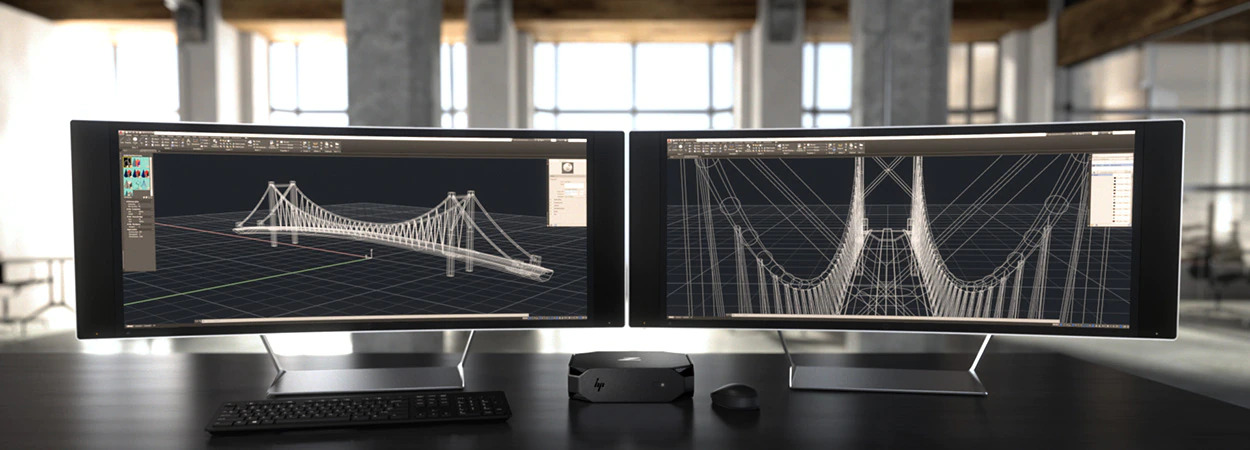We use cookies to offer you a better experience. For more information on how we use cookies you can read our Cookie and Privacy Policy.
Which is Better? Ultrawide Monitor vs Dual Monitors
September 01, 2018

For many users, the obvious answer for when you need extra display space is a dual computer monitor setup.
However, there’s no denying the convenience you get from an ultrawide monitor’s additional screen space. This is particularly true when you’re working on complex projects, gaming, or multi-tasking.
There are several things to keep in mind when deciding between dual monitors or an ultrawide. For one, affordable ultrawide displays are relatively new to the market.
Let’s start by explaining the differences so you can choose between dual-screen monitors or an ultrawide display.
What is an ultrawide monitor?
A typical ultrawide monitor has an aspect ratio at or above the more cinematic 21:9 aspect ratio.
Its primary advantage is that you experience a seamless display, because it doesn’t have the borders or visual interruptions of a multi-display system.
Ultrawide configurations have an additional advantage for film buffs who prefer watching widescreen movies.
The display’s aspect ratio means you will avoid letterboxing, which is the process that makes footage shot for widescreen watchable on screens with different aspect ratios by placing black boxes above and below the viewing area.
By contrast, dual monitors traditionally involve two connected displays that sit side-by-side.
There are situations where one setup or the other may provide different advantages and drawbacks, and much of it depends on you and your space.
Consider desk space and clutter
If you need extra display space in a cluttered workspace, dual or multiple monitor setups have an immediate drawback due to their additional cords. They also tend to occupy more surface area with two bases.
In this case, an ultrawide can instantly reduce clutter. Not only that, but certain designs offer as much or more display space than two separate monitors.
However, in a more confined office, dual monitors present a distinct advantage.
If your space is too tight for a large standalone display, you can simply angle two separate monitors to work within your limitations.
An ultrawide monitor for you
As you can tell, the decision to go with an ultrawide display or a two-monitor setup depends on your needs and situation.
And if you’re interested in an ultrawide, here are two of HP's curved ultrawide monitors worth considering.
FOR THE OFFICE: HP Z38C 37.5-INCH CURVED MONITOR

A curved ultrawide monitor has ergonomic benefits such as reducing the eye strain that comes with trying to see smaller details on the far right and left of the screen.
Even better, the angle of the display’s curve is adjustable across a 25-degree range. It has swivel and height adjustment options as well.
The HP Z38c 37.5-inch curved monitor is HP’s widest 4K ultrawide monitor and boasts a 3840 x 1600 resolution.
FOR GAMERS: HP OMEN X 35 CURVED MONITOR
If you primarily use your display for gaming, the HP OMEN X 35-inch curved monitor was made for you.
This ultrawide curved gaming monitor has a 100 Hz refresh rate and dynamic NVIDIA G-SYNC™ technology. This technology syncs up your graphics card and display for the best performance possible.
Where comfort is concerned, this display is also designed for easy height adjustment and features ambient lighting that you can tailor to your environment.






